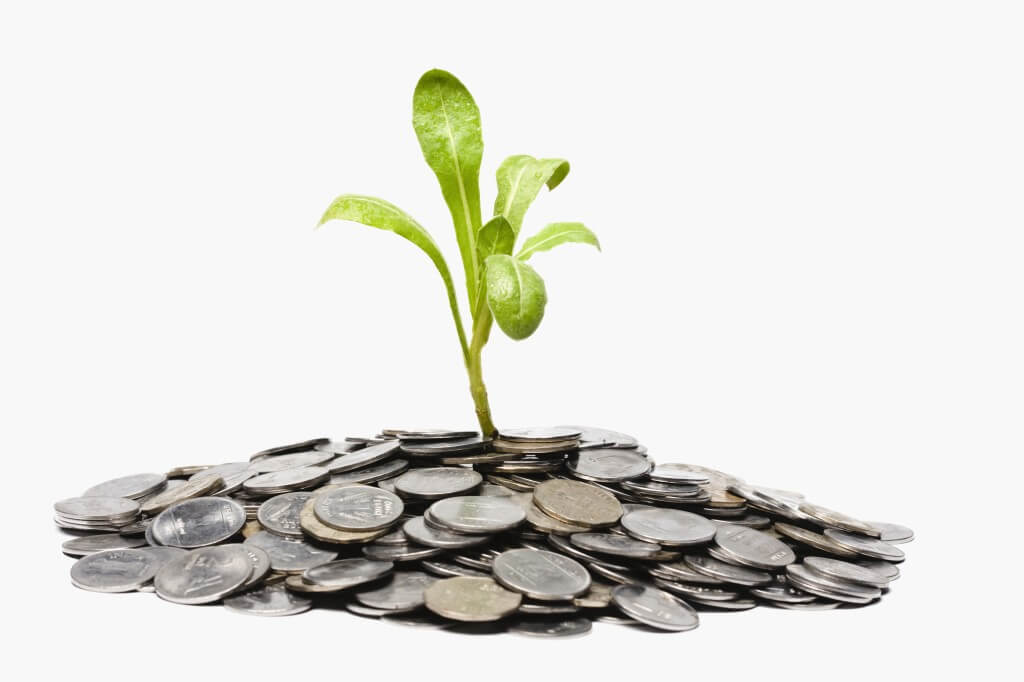Trying to balance passive and active investing styles
When adopting a DIY strategy does it make sense to keep aspects of your old portfolio?
Advertisement
When adopting a DIY strategy does it make sense to keep aspects of your old portfolio?

 Q I am in the process of moving all my money over from BMO Nesbitt Burns to an online broker to become a DIY investor. I like the simple approach of the Couch Potato portfolio as I was not happy paying for high commissions and having a mix of mostly Canadian blue chip stocks and mutual funds. My money is split 31% in taxable accounts, 49% in RRSP and 20% in a TFSA. I have just retired and now have time to research and manage my own money. I have a very small pension, so I need my money to grow as I am only 56 years old, but also want to sleep at night.
My partner and I have done a financial plan and have set out our goals clearly. But I am left confused as to how to get to my desired asset allocation of 55% equity/45% fixed income between three accounts and especially whether to sell almost everything and start over with just a handful of ETFs, or hold on to some of the better stocks? I definitely want to sell the mutual funds, but not sure about the rest. I have a pretty good understanding of tax implications, but look forward to sorting out this muddle and getting to a simpler, easier, tax efficient portfolio. Any advice, suggestions would be appreciated.
— Lauren
A Lauren, let me say right from the beginning that it may be best to burn it down and start over. Reconstructing your investments one item at a time is fraught with emotion and can lead to confusion and indecision. This is especially true for people choosing between do-it-yourself (DIY) and advisory help.
Q I am in the process of moving all my money over from BMO Nesbitt Burns to an online broker to become a DIY investor. I like the simple approach of the Couch Potato portfolio as I was not happy paying for high commissions and having a mix of mostly Canadian blue chip stocks and mutual funds. My money is split 31% in taxable accounts, 49% in RRSP and 20% in a TFSA. I have just retired and now have time to research and manage my own money. I have a very small pension, so I need my money to grow as I am only 56 years old, but also want to sleep at night.
My partner and I have done a financial plan and have set out our goals clearly. But I am left confused as to how to get to my desired asset allocation of 55% equity/45% fixed income between three accounts and especially whether to sell almost everything and start over with just a handful of ETFs, or hold on to some of the better stocks? I definitely want to sell the mutual funds, but not sure about the rest. I have a pretty good understanding of tax implications, but look forward to sorting out this muddle and getting to a simpler, easier, tax efficient portfolio. Any advice, suggestions would be appreciated.
— Lauren
A Lauren, let me say right from the beginning that it may be best to burn it down and start over. Reconstructing your investments one item at a time is fraught with emotion and can lead to confusion and indecision. This is especially true for people choosing between do-it-yourself (DIY) and advisory help.
Share this article Share on Facebook Share on Twitter Share on Linkedin Share on Reddit Share on Email